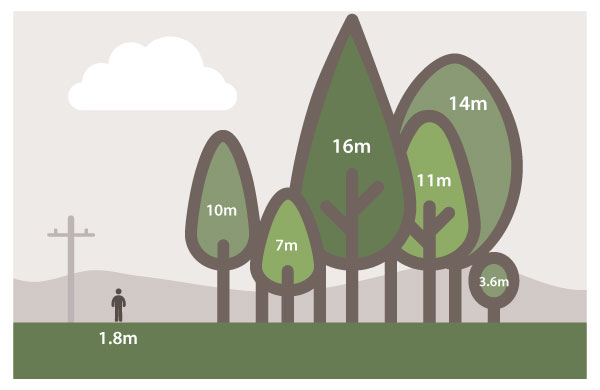 When water or a nutrient is limiting, addition of the limiting item usually increases plant growth rates. Many environmental factors, for example prevailing winds, minimum and maximum temperatures, climate, soils and water availability are all factors that can determine growth rates.
When water or a nutrient is limiting, addition of the limiting item usually increases plant growth rates. Many environmental factors, for example prevailing winds, minimum and maximum temperatures, climate, soils and water availability are all factors that can determine growth rates.
If some or all of these factors are limited over a 10, 20 or 30 year growing period it is very difficult to classify trees as slow, medium or fast growing and these limiting factors can have a profound effect on the ultimate height of a tree.
Tree growth rates and habit of growth can vary greatly from their native environment to how they will react in the urban environment or on your domestic property. The assumption is made that when trying to classify tree height and growth rates that we are talking about a specimen, growing in its appropriate conditions and climate.
Ultimate tree heights are not necessarily the heights reached by a tree in its natural environment, for example some high altitude plants grown where winds are more extreme and nutrient levels are low will have growth rates that are slower. Growth heights are often stunted but under cultivation these same species may have a quicker growth rates and larger mature heights, just as some rain forest and forest trees will reach greater height in their natural environment compared to cultivated plants. When we do try to estimate growth rates the assumption is made that correct planting procedures have been carried out and all ongoing maintenance that is required during the establishment period is carried out.
All mature heights depicted on this website are given at 20 years of age.







